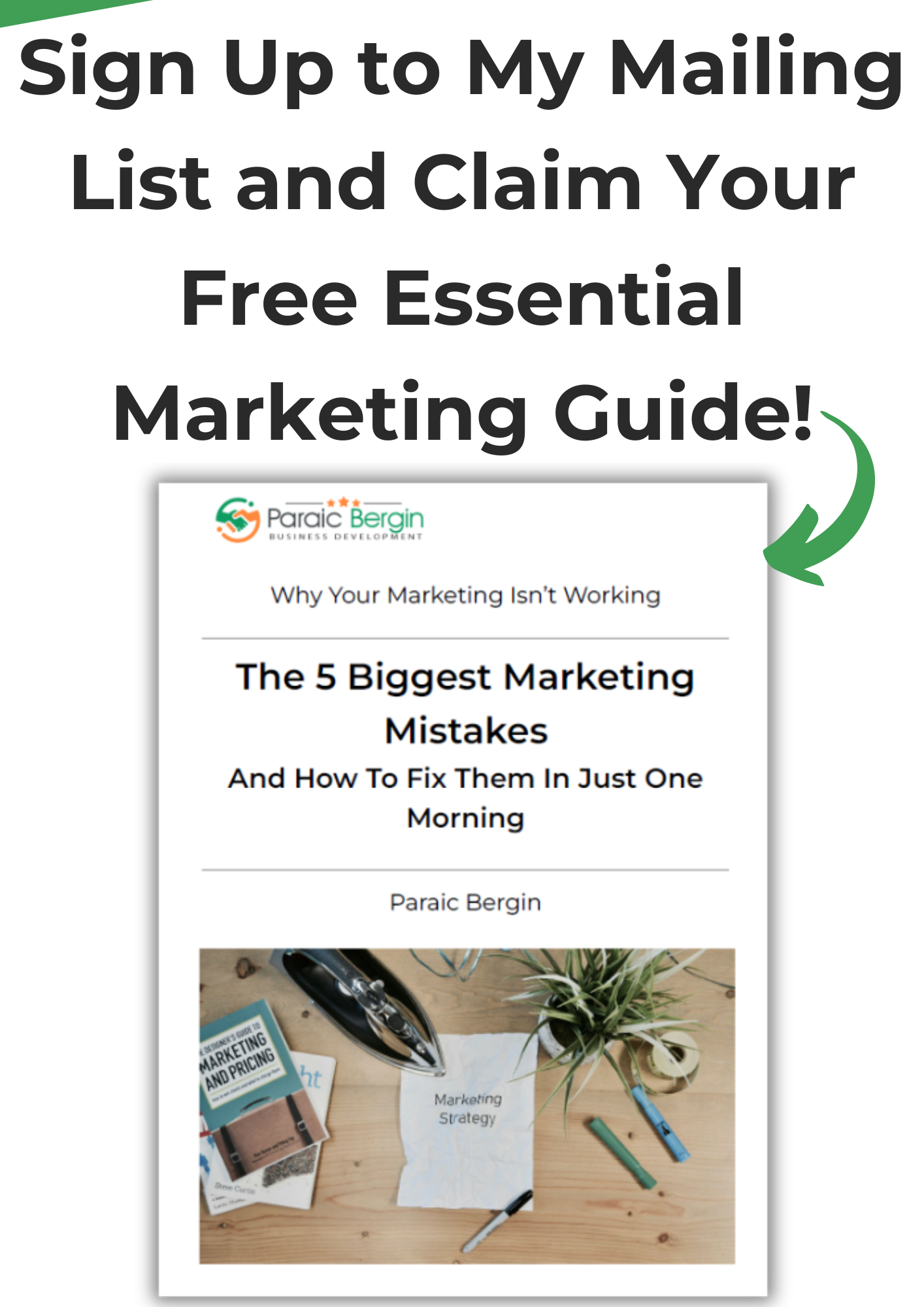Is Your Business a Dog, Cash Cow, or Rising Star? What the BCG Matrix Means for Small Business Owners
 The Boston Consulting Group Growth Share Matrix (BCG Matrix) pegs products/services according to growth and market share:
The Boston Consulting Group Growth Share Matrix (BCG Matrix) pegs products/services according to growth and market share:
- A Rising Star has high growth and high market share;
- A Cash Cow has low growth but high market share;
- An Unknown has high growth but low share;
- And then we have the Dog – low growth and low market share.
The riskiest investment is the unknown, growing quickly but without substantial market share – all going well, it will become a rising star and eventually a cash cow. Tesla is a good example of an unknown – for most of its life to date, it has chewed up capital and run up substantial losses. At the moment it’s profitable. But whether it can continue to hold or increase market share and generate substantial profits depends on how aggressively competitors with deeper pockets and superior productive capacity approach market.
Applying the concept to companies:
- Dogs are in the majority.
- Cows make up the next biggest group.
Which suggests that growth and market share are not the prime objectives of most companies. So what are the key motivations of business owners?
Before we look at that, when it comes to business we live in fantasy land so we need to understand 2 key facts:
- 94% of companies employ less than 10 people
- 0.1% employ more than 500.
This one tenth of 1 percent dominate the media and the conversation about commerce. They also dominate government policy.
This has huge negative consequences for the small business sector. Small business owners are fully familiar with the difficulties in funding their companies. Lenders are risk averse and usually demand personal guarantees – something not applied to large companies.
An entrepreneur choosing between chasing growth and preserving assets has hard decisions to make. Increasing personal exposure to get access to funds is a very real two edged sword.
- Get it right, and you can catapult yourself and your business to a whole new level.
- Get it wrong and you can see everything you’ve worked so hard for disappear.
A significant minority of business owners would be better off if they got a job. They’d earn more, have less hassle, and minimal risk. If they have a marketable skill, they could make substantially more.
So why do they do it? What drives entrepreneurs?
A typical owner is what Dan Sullivan describes as a ‘rugged individual’ – someone who doesn’t work well in a highly structured environment and puts a high value on personal initiative and freedom. Someone willing to take risks and reap rewards based on results.
I’ve met plenty others who own businesses because they joined and then inherited the family firm, or because that’s the ‘normal’ model for their trade or profession. And multitudes who started their own business after being fired or laid off.
It matters not so much why you joined/started your own business as why you keep doing it.
Michael E Gerber emphasised the importance of systems in business. Most people interpret his approach as working on the business instead of in the business. I don’t agree with this – I think it’s important to do both.
- I think the central message is that systems are the path to freedom.
- It is difficult to scale a business without working systems.
- It’s impossible to sustain scale without appropriate systems.
And this is where entrepreneurs typically get caught. They are experts in their trade or profession and so can deliver the core products and services the business is built on.
But they aren’t experts in how to run a business and all that entails, and very often have no interest in learning. When they employ others to look after those functions, they find it difficult to delegate the right level of authority and end up tangled in the day to day admin, or find key decisions being made and executed without proper consideration.
On top of that, implementing systems that determine how the business will run often push the owner right up against the reasons they don’t want to work for other people. So they decide that the systems are for everyone else to follow/obey/use. And that usually ends in chaos and disaster.
There are few things more disheartening than to find at the end of your career that what you thought was a business was in fact a J-O-B.
Sadly, that’s an all too familiar scene. Think about all the businesses you knew that are gone now simply because the owner retired or died. A tiny percentage of these survive but are usually sold at a discount on net asset value.
If you want to sell your business at the right time, at a premium on net asset value, you need to start today to getting it ready. So look at your business honestly:
- if it’s a Dog, recognise and accept that.
- If it’s a Cash Cow, good for you.
But you still need to do the work because the next natural stage after Cash Cow is Dog.
It’s never too late to start. The earlier you do, the easier the transformation is.
Even if you’re on the cusp of retirement, there are several steps you can take to prepare your business for sale. And then find a buyer willing and able to pay for the value you have built in.



